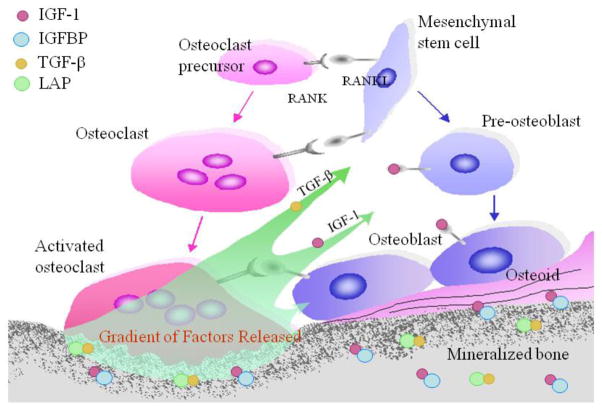Figure 1. Role of matrix growth factors in coupling bone resorption and formation.
TGF-β1 and IGF-1 are released from the bone matrix in response to osteoclastic bone resorption. TGFβ1 induces migration of MSCs and IGF-1 induces the differentiation and enhances the function of osteoblasts. In response to IGF-1 signaling via IRS-1, osteoblasts enhance expression and secretion of RANKL. RANKL promotes osteoclastogenesis. As a result, new bone formation occurs at bone resorption sites to maintain the microarchitecture and mechanical integrity of the bone in each cycle of bone remodeling, thereby spatially and temporally regulating bone remodeling. IGF-1 – insulin like growth factor type 1; IGFBP – insulin like growth factor binding protein; TGF-β– transforming growth factor-β; LAP – latency associated protein; RANKL - Receptor activator of nuclear factor kappa-B ligand; RANK – receptor for RANKL.

